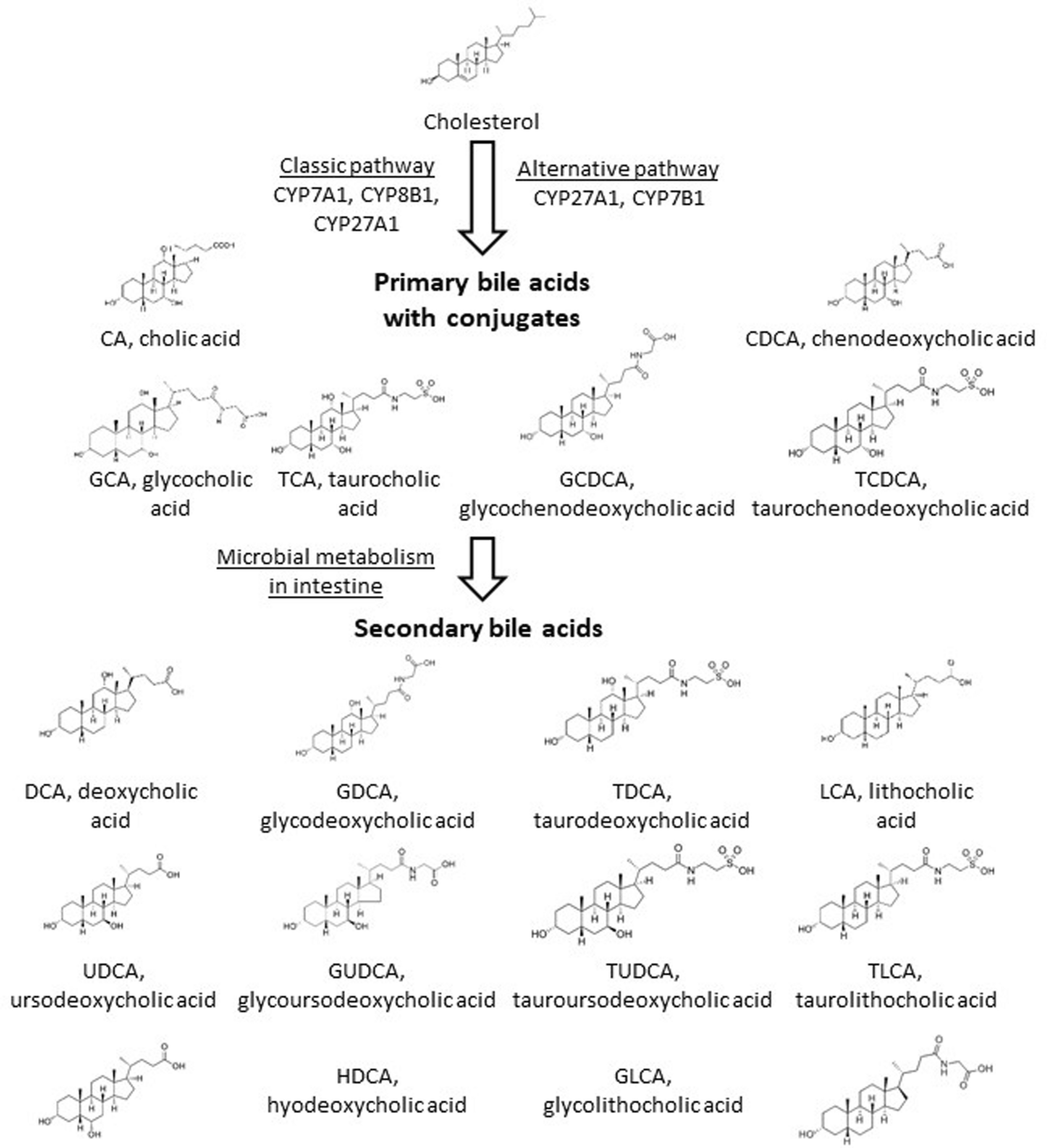Mauritio
Member
- Joined
- Feb 26, 2018
- Messages
- 5,669
(*Coconut milk in the headline)
These two study show that MCTs and Coconut milk increase bile acid excretion and inhibit re-absorption. It might very well be that the MCTs in coconut milk are responsbile for that effect, since it is about 50% lauric acid. I think that is an important point since many people focus on binding bile, but it also has to be excreted fastly and not get reabsorbed too much. Normally 95% of bile gets reabsorbed. So if you bind bile acids thinking you're doung a good thing for yourself, but you are constipated then the toxic bile will get reabsorbed and cause issues.
So Coconut milk and MCTs like caprylic acid can help with that.
The coconut milk study also claims that coconut milk's fatty acids activate the FXR ,which is a very interesting and pro-metabolic receptor. Interestingly PUFA antagonize that receptor. And activating FXR decreases PUFA in the liver (Activating FXR decreases PUFA in the liver )
"As expected, the fecal bile concentration of the coconut milk group had increased significantly by1.68-fold,..."
- https://www.ocl-journal.org/articles/ocl/pdf/2020/01/ocl200053.pdf
" MCT lowered serum cholesterol levels at least partially via reduction of bile acid absorption in the small intestine by inhibition of I-BABP expression."
- Medium-chain fatty acids decrease serum cholesterol via reduction of intestinal bile acid reabsorption in C57BL/6J mice - Nutrition & Metabolism
These two study show that MCTs and Coconut milk increase bile acid excretion and inhibit re-absorption. It might very well be that the MCTs in coconut milk are responsbile for that effect, since it is about 50% lauric acid. I think that is an important point since many people focus on binding bile, but it also has to be excreted fastly and not get reabsorbed too much. Normally 95% of bile gets reabsorbed. So if you bind bile acids thinking you're doung a good thing for yourself, but you are constipated then the toxic bile will get reabsorbed and cause issues.
So Coconut milk and MCTs like caprylic acid can help with that.
The coconut milk study also claims that coconut milk's fatty acids activate the FXR ,which is a very interesting and pro-metabolic receptor. Interestingly PUFA antagonize that receptor. And activating FXR decreases PUFA in the liver (Activating FXR decreases PUFA in the liver )
"As expected, the fecal bile concentration of the coconut milk group had increased significantly by1.68-fold,..."
- https://www.ocl-journal.org/articles/ocl/pdf/2020/01/ocl200053.pdf
" MCT lowered serum cholesterol levels at least partially via reduction of bile acid absorption in the small intestine by inhibition of I-BABP expression."
- Medium-chain fatty acids decrease serum cholesterol via reduction of intestinal bile acid reabsorption in C57BL/6J mice - Nutrition & Metabolism
Last edited:


